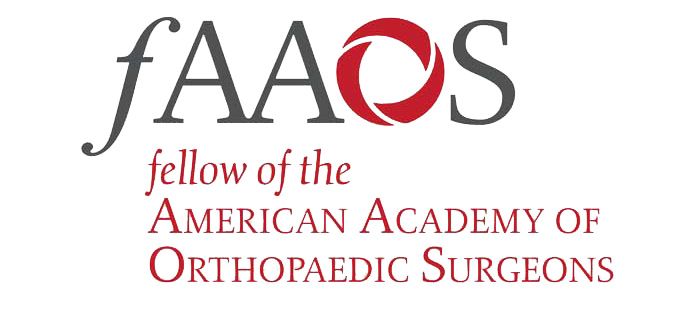If you are unfamiliar with this condition, juvenile idiopathic arthritis is the most common and reoccurring type of arthritis found in children under the age of 16. Abbreviated as JIA, this condition causes the joints to become stiff and painful and causes difficulties with walking. While less common, this condition is treatable and can even be grown out of once they receive treatment. JIA replaces the term juvenile rheumatoid arthritis, and this condition is constantly being researched by medical scientists to find better treatment alternatives and ways of curing this condition. Today, we’re here to explore this condition in greater detail and give you the latest ways we can currently treat it.
What We Know Currently About Juvenile Idiopathic Arthritis
Juvenile idiopathic arthritis is a collection of arthritis conditions that commonly affect children between the ages of 6 to 18, and beyond affecting the knee, elbow, and other joints in the body, these collections of conditions can also affect the eyes, skin, heart, lungs, and intestines, causing inflammation and swelling. JIA affects about 1 in 1,000 children, or about 300,000 children in the United States each year. Each form of juvenile idiopathic arthritis is associated with specific symptoms and affects certain areas of the body, including:
- Systemic Juvenile Idiopathic Arthritis: This type of arthritis affects more than one joint and is often accompanied by skin rashes and fevers. It also causes inflammation throughout the internal organs, including the liver, heart, and lymph nodes. It is considered the least common type and affects 1 in 10 children.
- Polyarticular Juvenile Idiopathic Arthritis: This specific type of childhood arthritis affects at least five or more joints throughout the first six months of the disease. It progresses into types called persistent and extended once it moves beyond the six months and also typically causes inflammation throughout the eyes.
- Oligoarticular Juvenile Idiopathic Arthritis: Oligoarticular JIA causes arthritis in fewer than five joints throughout the first six months of the disease and also progresses into persistent and extended once it goes beyond the six-month mark.
- Enthesitis-Related Juvenile Idiopathic Arthritis: A type of arthritis combined with the disease enthesitis, this disease causes swelling along with the tissues where the bones meet the tendons and ligaments and only affects the hips, knees, and feet. This disease also may cause inflammatory bowel disease.
- Psoriatic Juvenile Idiopathic Arthritis: Psoriatic JIA causes arthritis throughout the joints and is often combined with psoriasis, causing inflammation throughout the fingers, toes and changes in nail growth.
All of these types of JIA can be treated, but currently, the cause is unknown. Orthopedists can treat these conditions through various methods, including nonsteroidal anti-inflammatory medicines, corticosteroid medicines, occupational therapy, and physical therapy. When you visit your orthopedist, your orthopedist will be the best way to help you find and manage your child’s treatment plan and help them manage or recover from this condition. Keeping your children active and healthy is the best way to prevent long-term arthritis damage and improve their outcomes as they reach adulthood.





